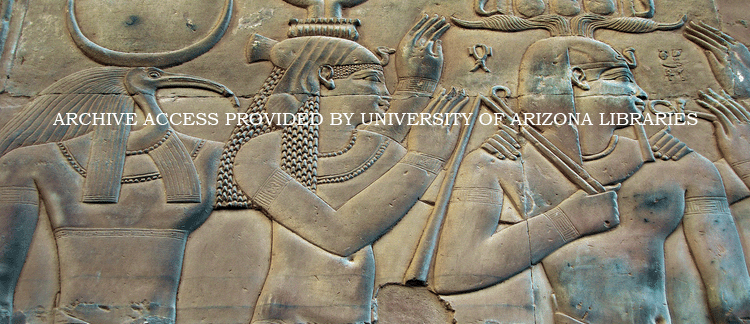Abstract
Questions of power relations have long been central to archaeological study of culture contact, with colonial relationships exciting particular interest. However, current frameworks do not account for the adoption of foreign material culture by cultures that are politically stronger than those from which they adopt. The wide variety of Egyptian material culture forms on display at first millennium BCE royal sites in Nubia such as the cemeteries of el-Kurru and Nuri is one such example of non-colonial cultural interaction which is not adequately explained by the postcolonial theories currently popular. This paper argues that the Kushite royal adoption of Egyptian forms was not based in concerns of ethnic identity or subaltern resistance, but instead reflected native Kushite state structures and value systems. It argues that theories of state structure and economy, including prestige goods economies, are more useful for understanding the nature of culture contact in non-colonial situations.
How to Cite
Howley, K., (2018) “Power Relations and the Adoption of Foreign Material Culture: A Different Perspective from First-Millennium BCE Nubia”, Journal of Ancient Egyptian Interconnections 17(1), 18-36.
688
Views
903
Downloads
